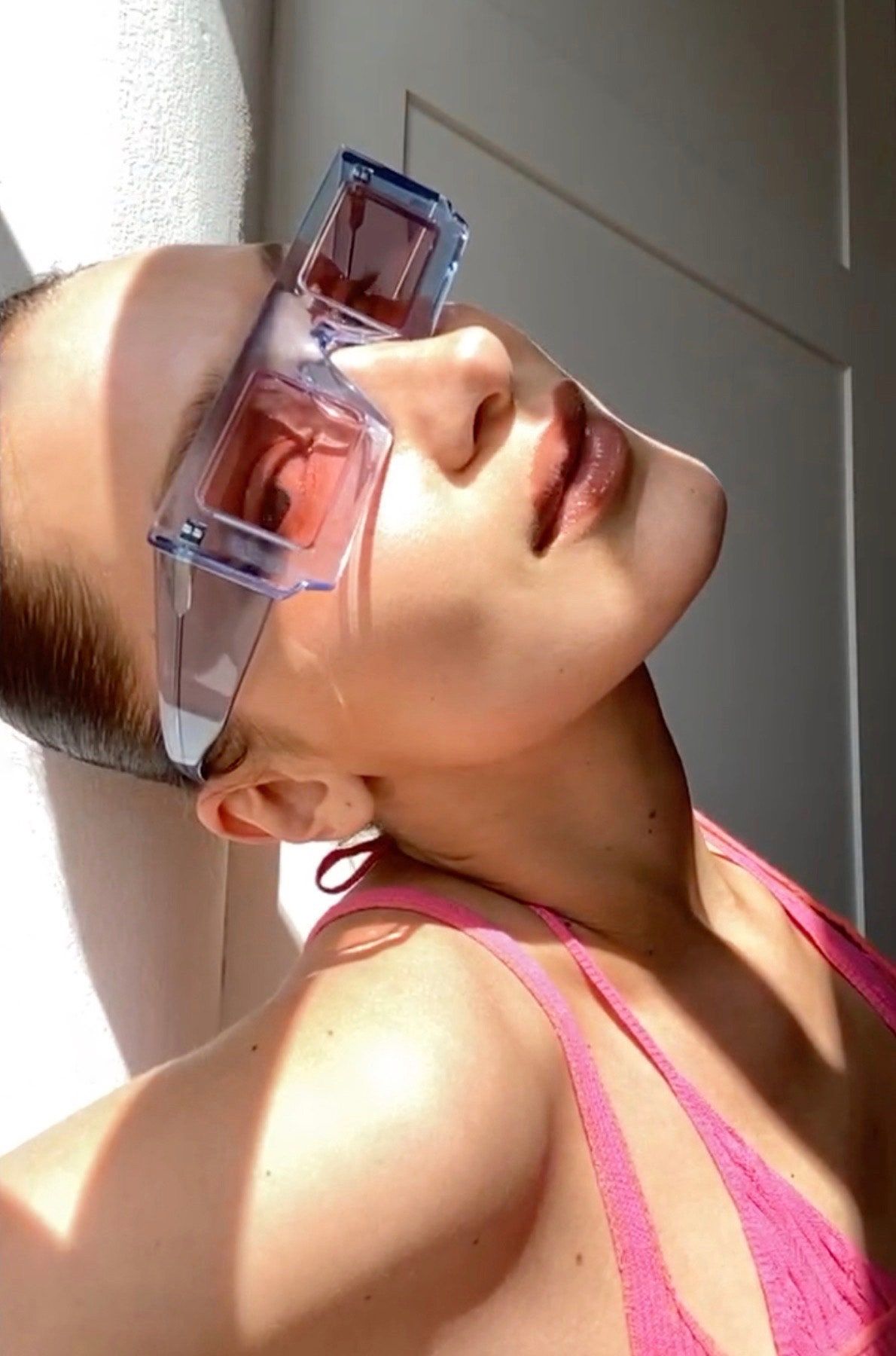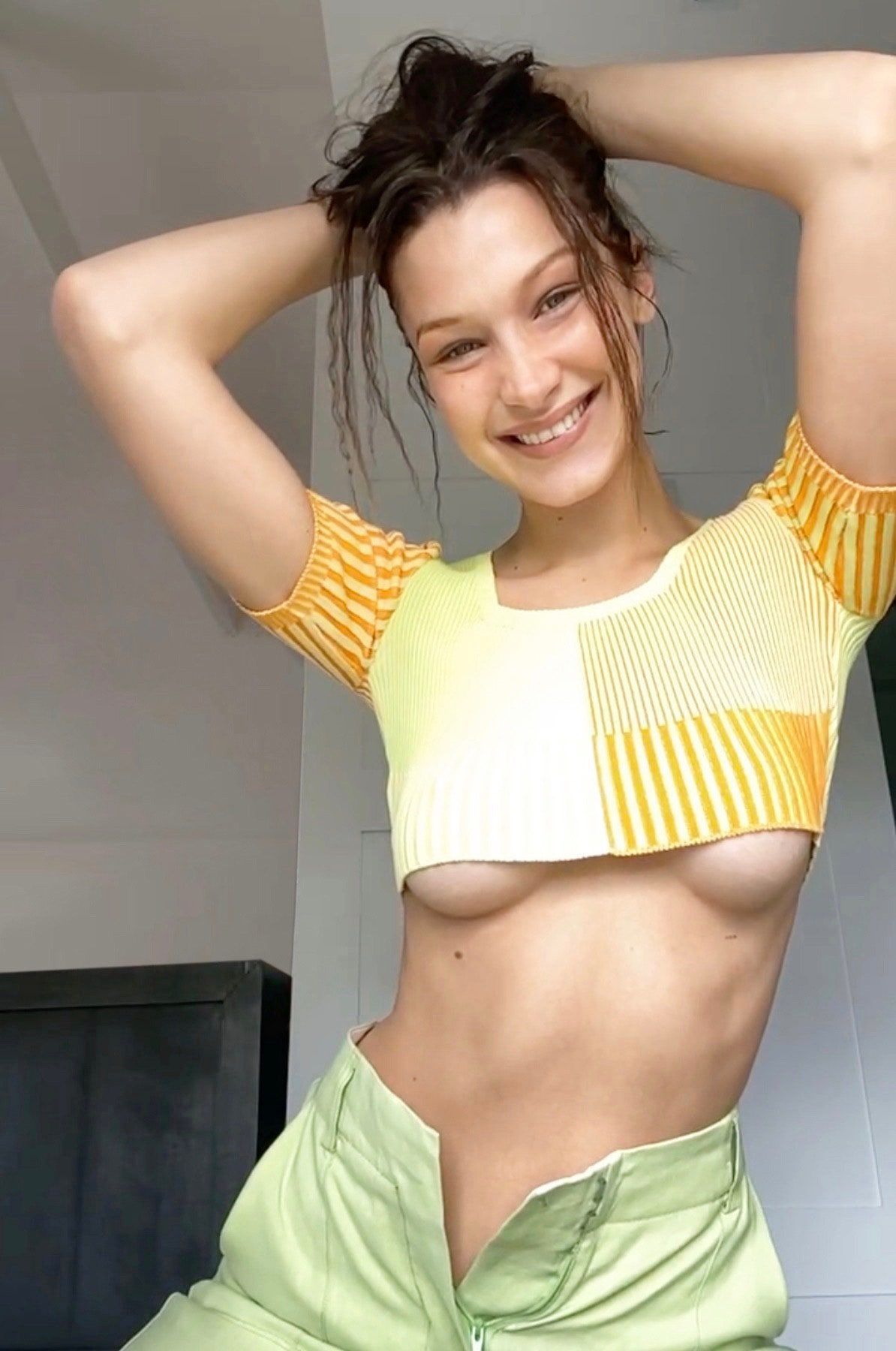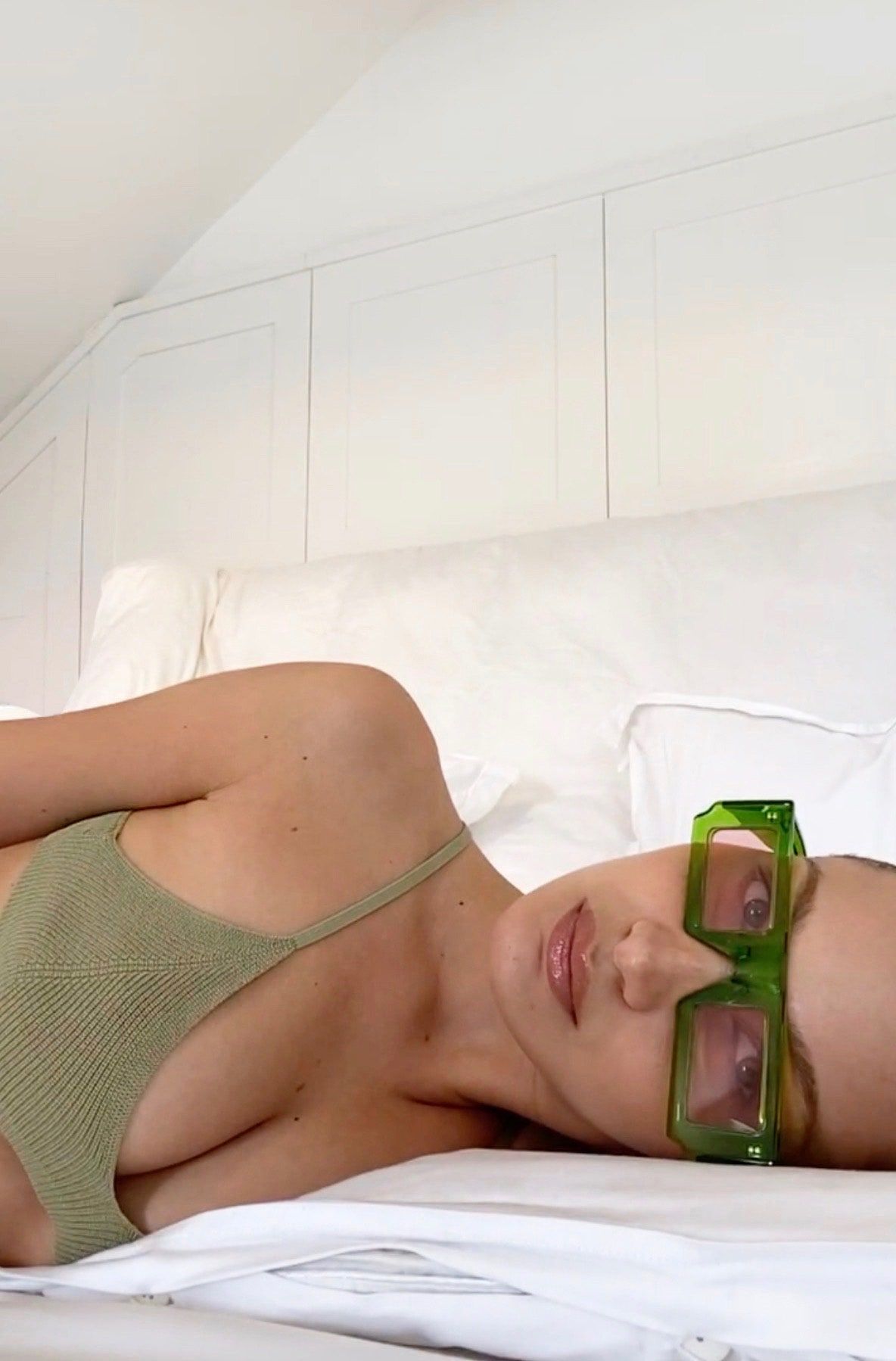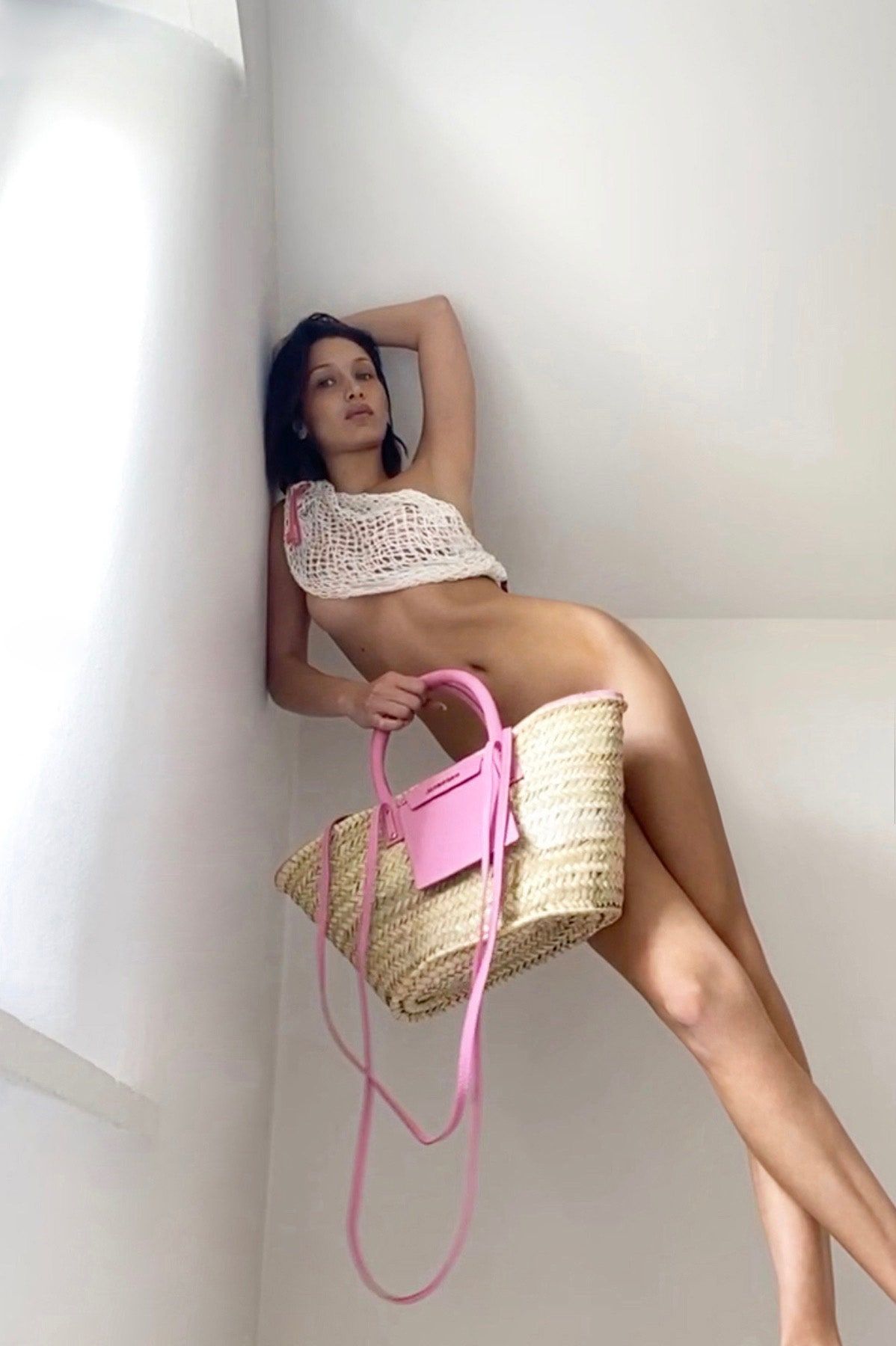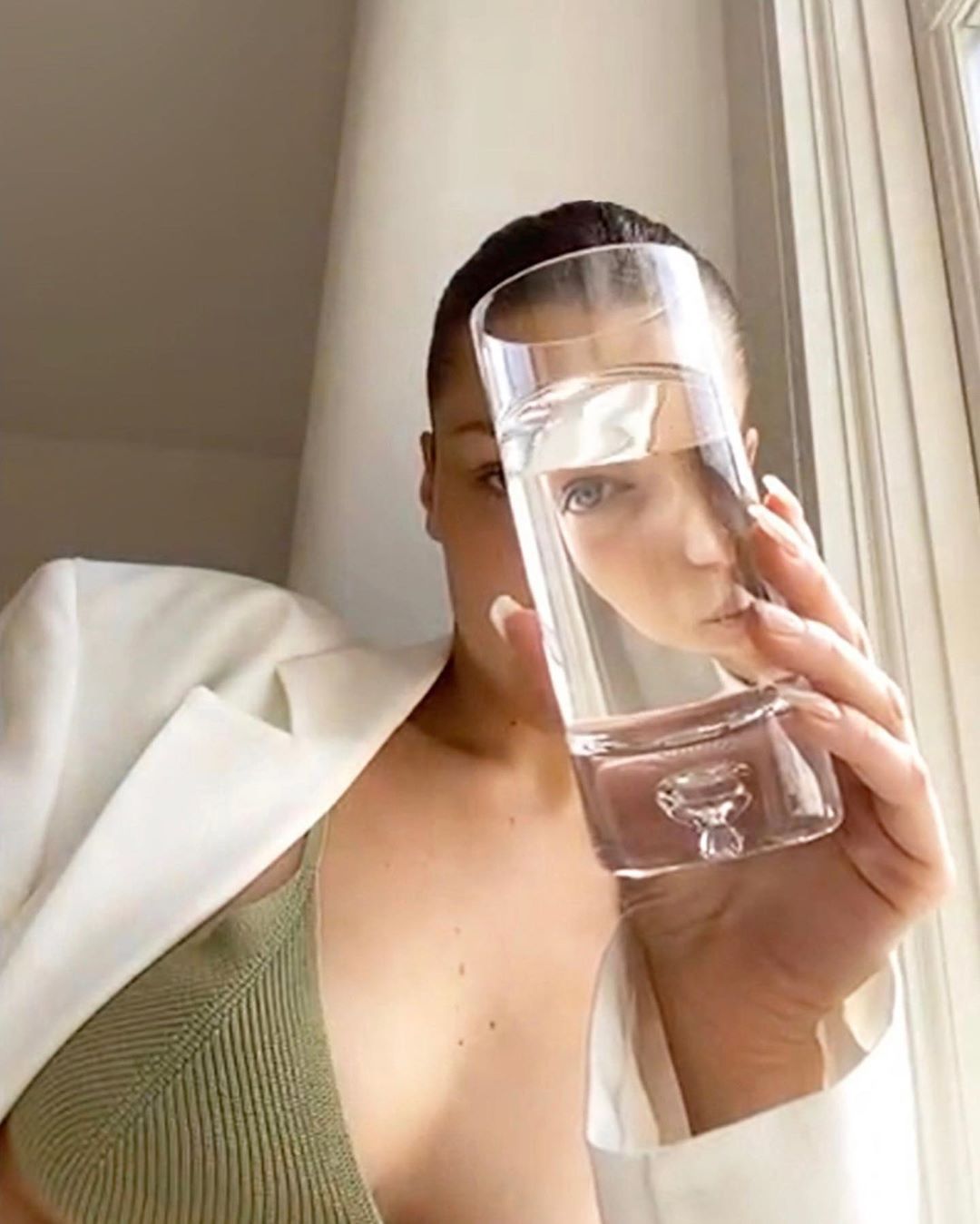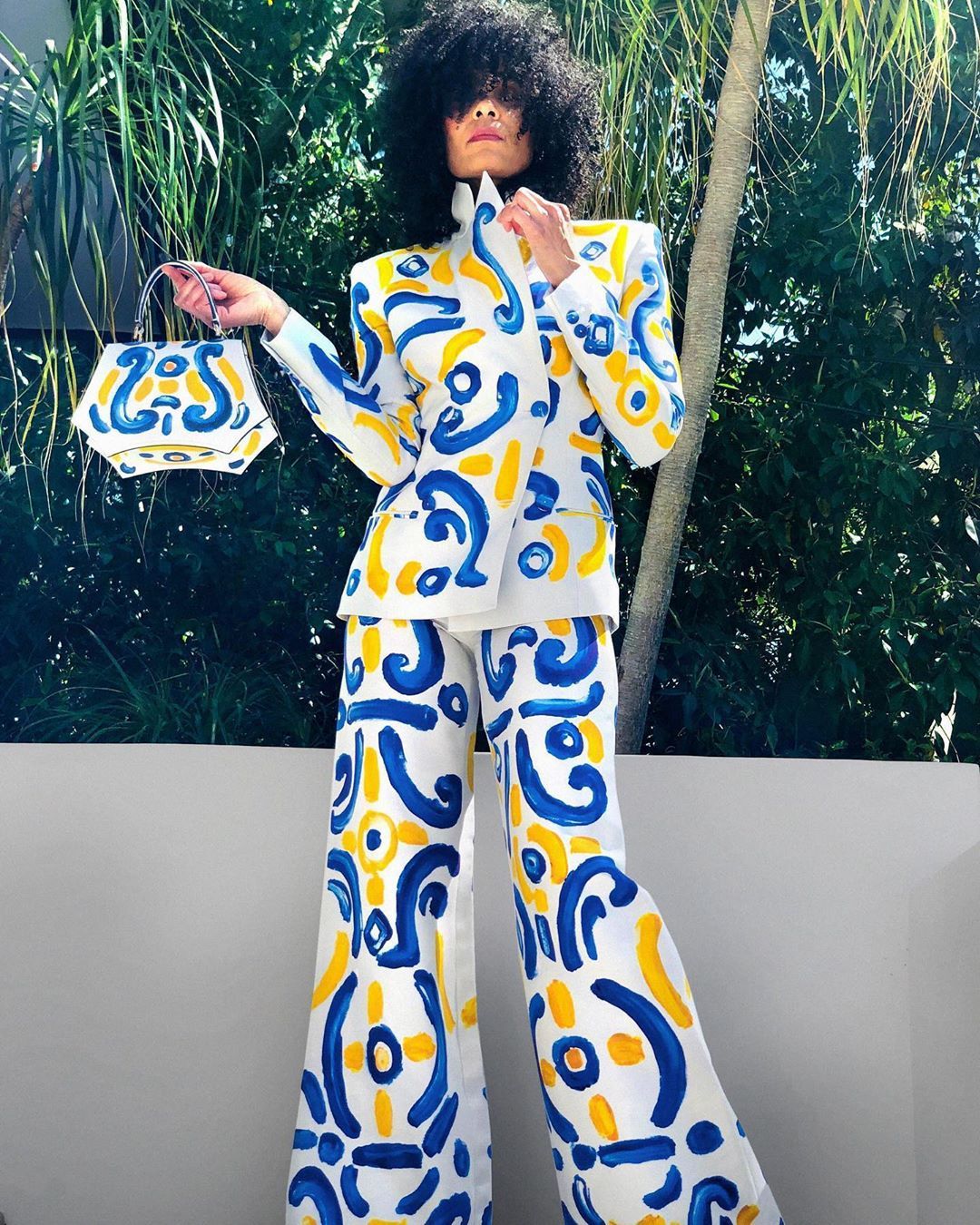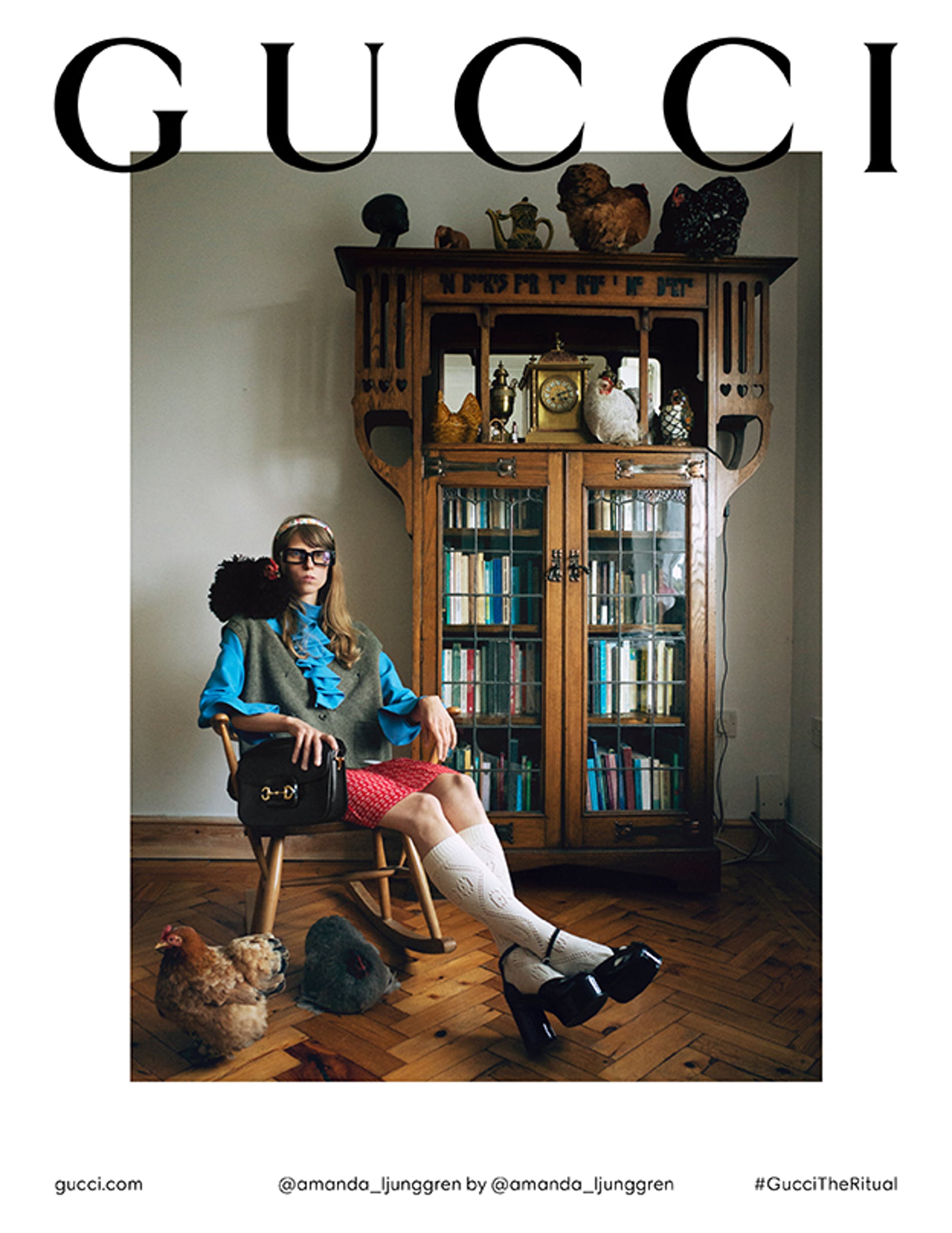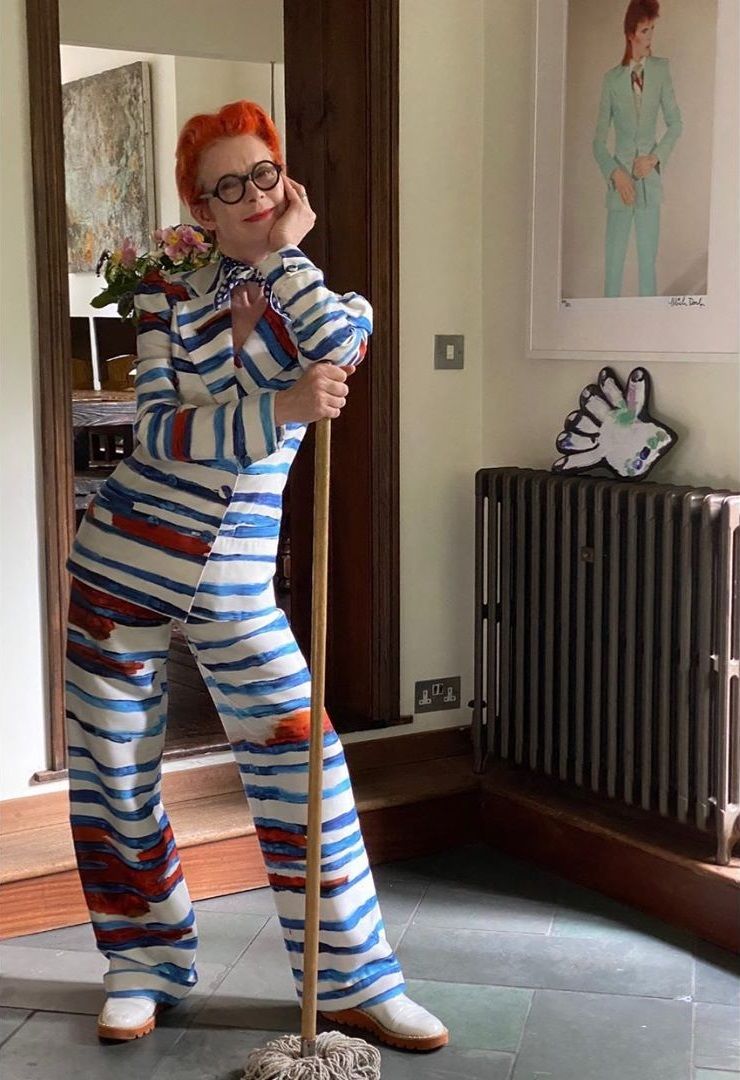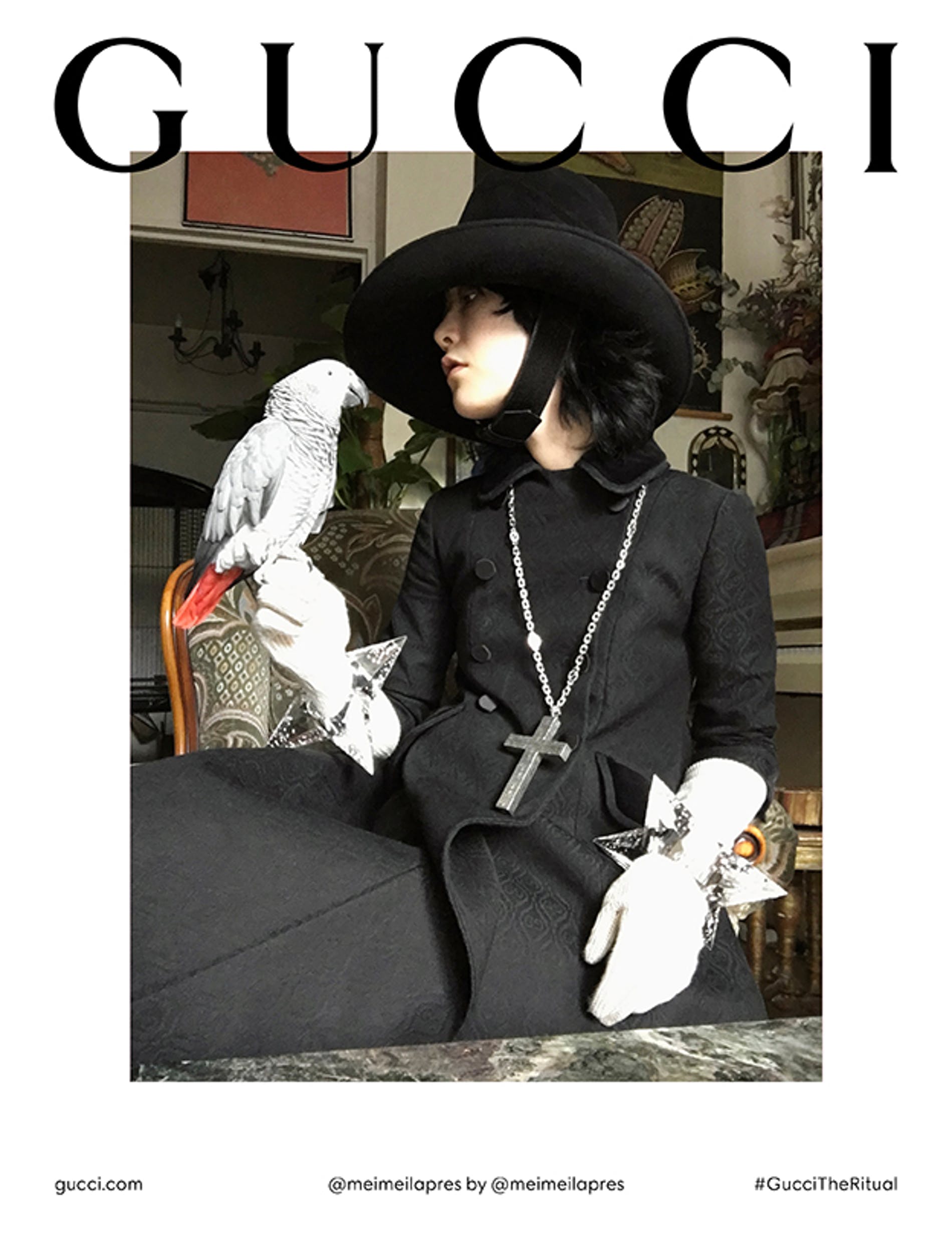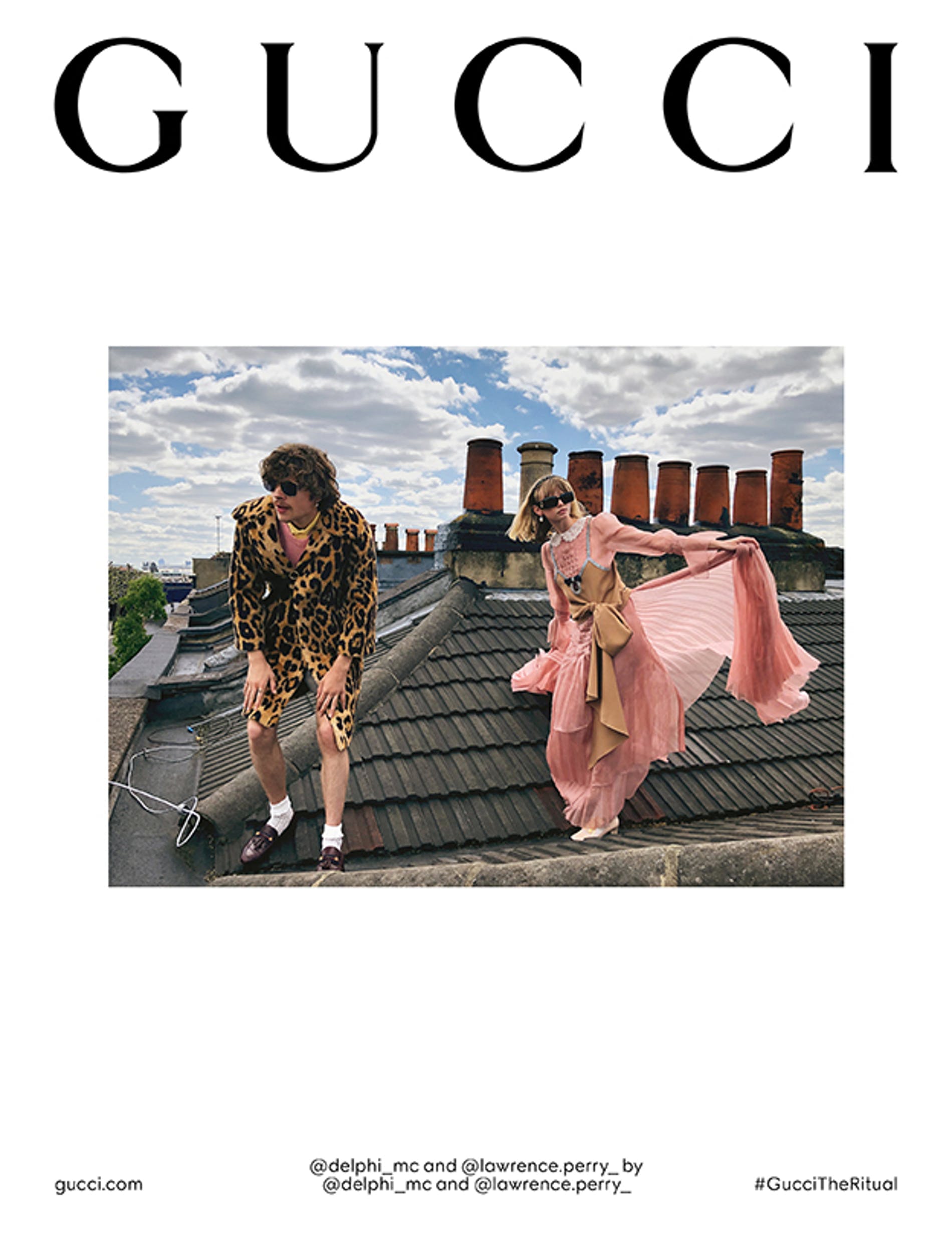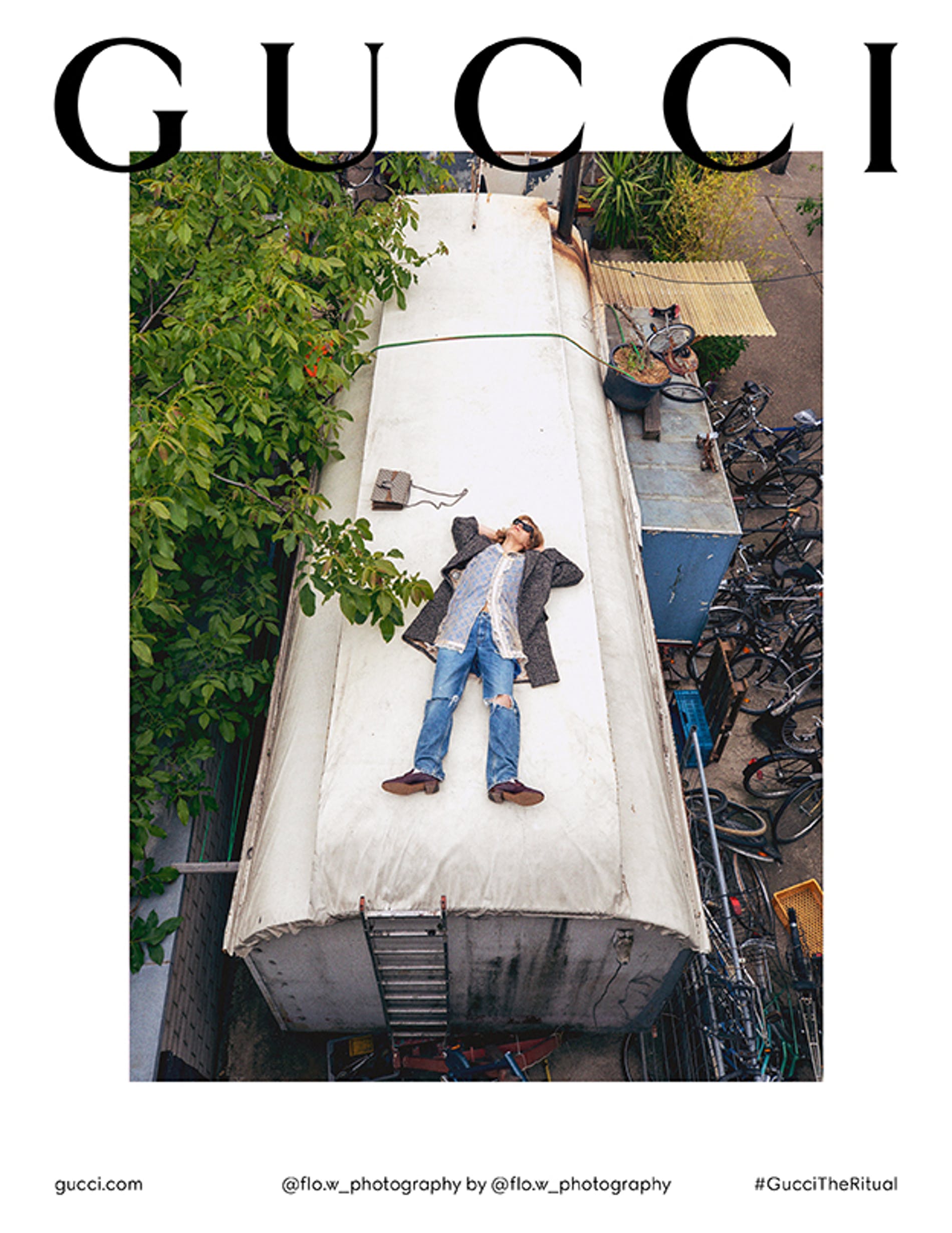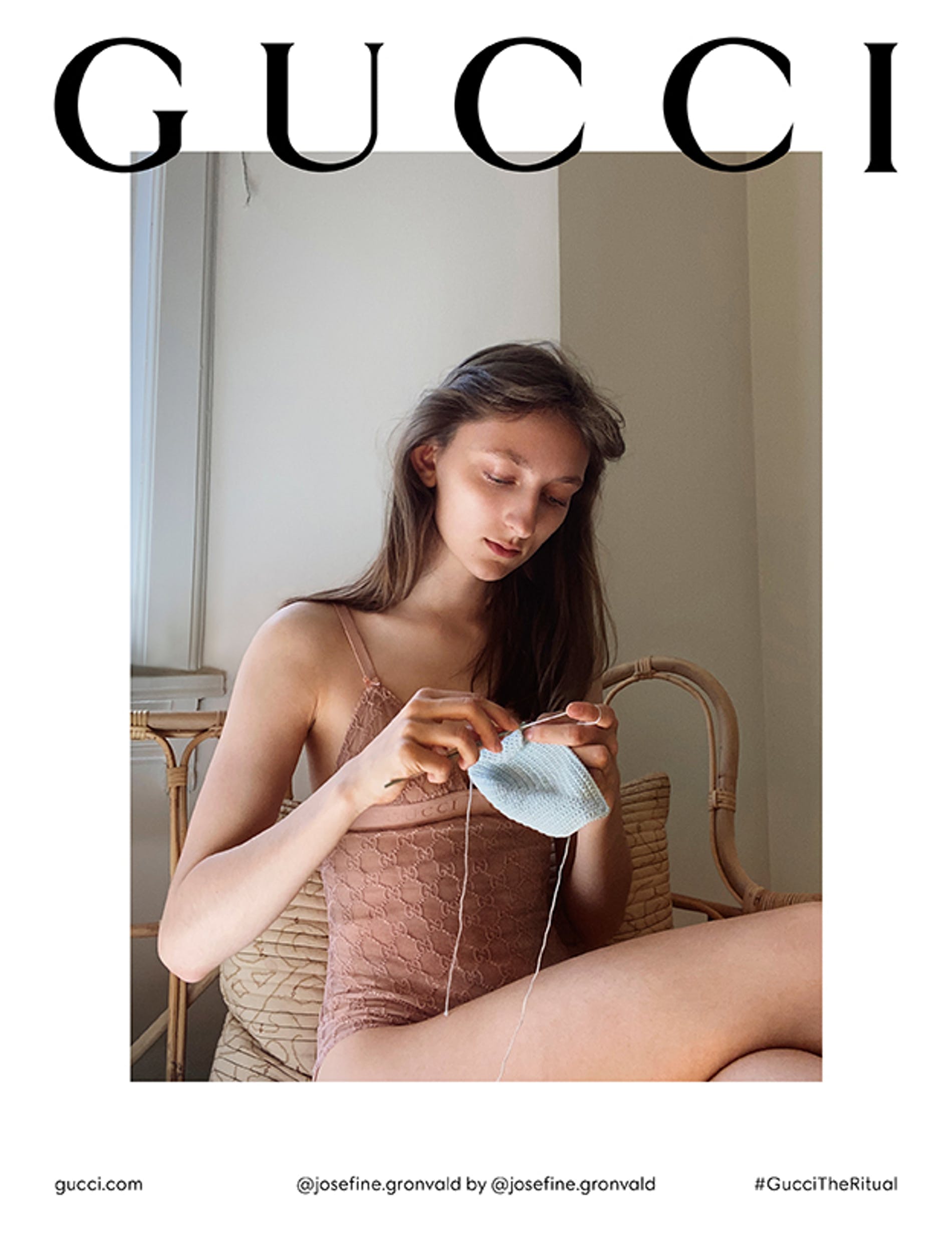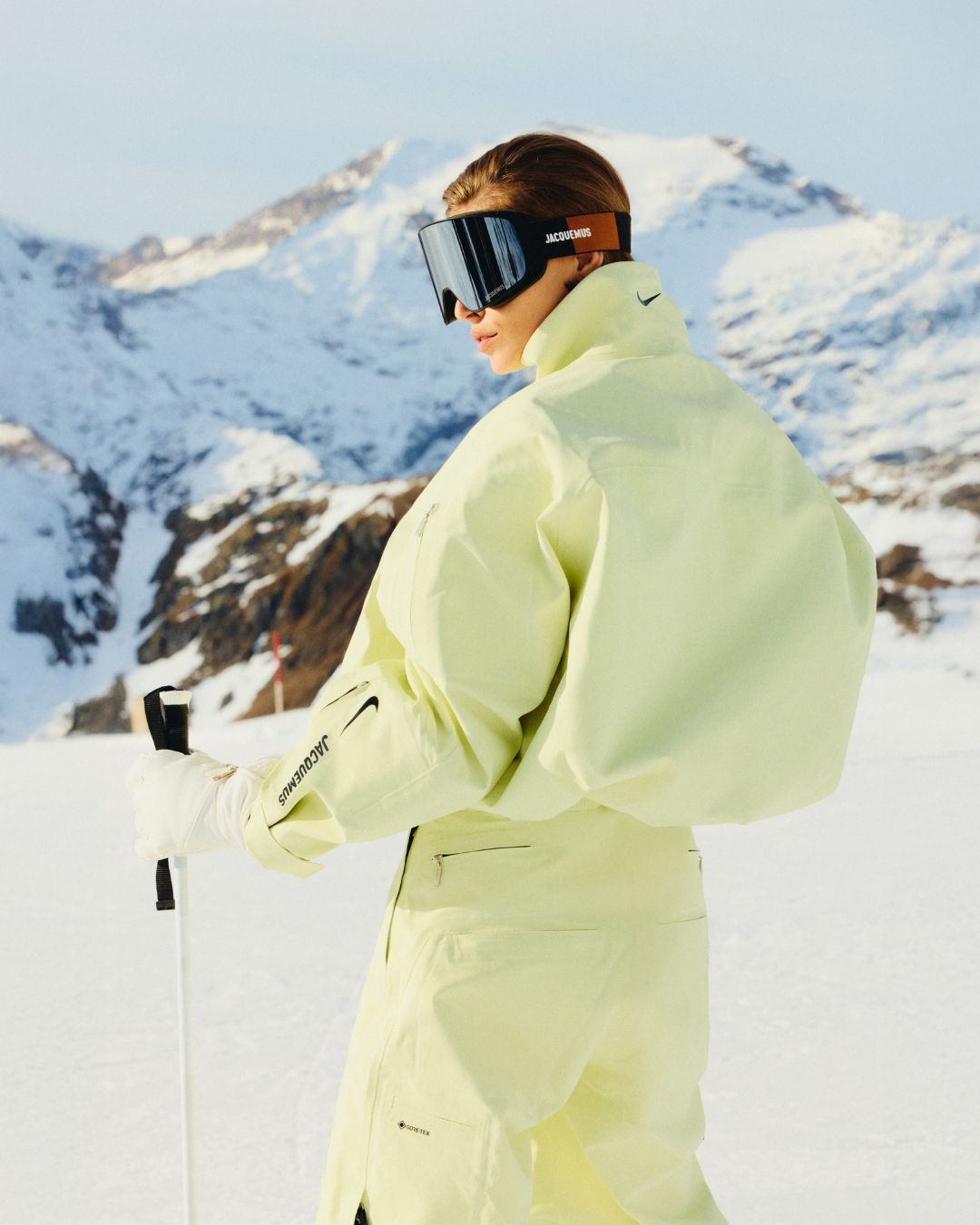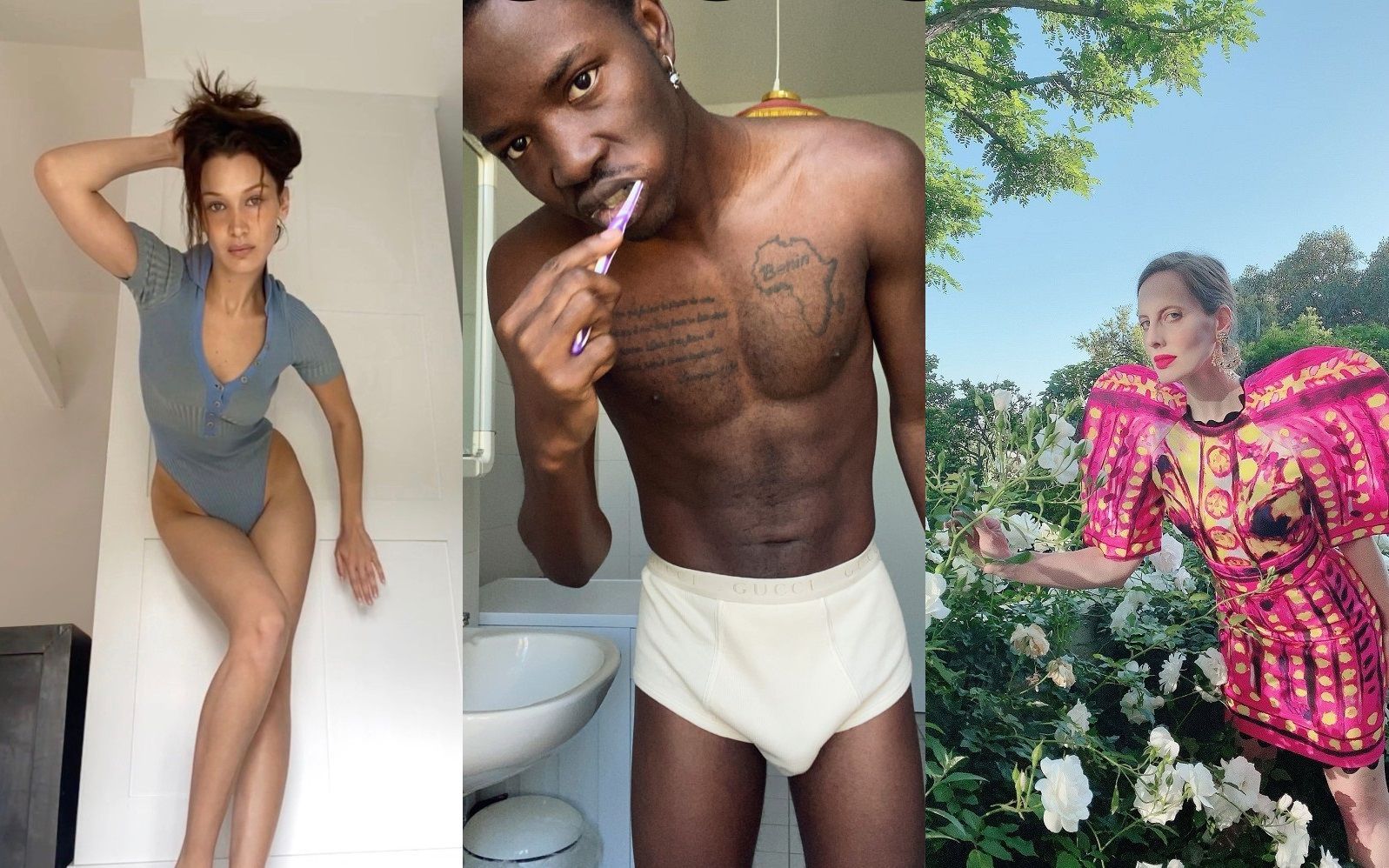
Are fashion campaigns during lockdown all the same? A trend that quickly made you show your limits
If there's one kind of photography that quarantine has made thrive on, it's self-portraits. The last few years, moreover, had seen the birth and rise of the selfie – a rise parallel to that of mobile phones – which, in an episode of The OC, Paris Hilton had prophetically called "the autograph of the twenty-first century". But if in the pre-quarantine world the selfie was considered at best a manifestation of narcissism and shallowness, the lockdown made it the only type of photography possible. Without sets, without stylists, without makeup artists and, above all, without professional photographers, all those individuals, those magazines and brands that survive and promote themselves through the multiplication and dissemination of images have found themselves forced to make do with the means they had at their disposal: smartphones and webcams.
Starting in April, brands such as Paloma Wool and Zara have made the first DIY shoots, receiving some appreciation from the press and the public. But it was Jacquemus's campaign, which initially involved Bella Hadid (and later Steve Lacy and Barbie Ferreira), that got the most media coverage. The simplicity and relative novelty of the campaign, presented without high-sounding messages or posters and driven only by Bella Hadid's star power, were its winning element. While not carrying out real campaigns, however, Miu Miu and Moschino launched their own challenges on Instagram, respectively #MiuMe and #MoschinoAtHome, which required followers and employees to portray themselves in their own home while wearing the clothes of the brands. Jeremy Scott also posted a long series of photographs taken in the homes of artists and friends of the brand but not in the form of an open challenge or a real commercial campaign. In both cases, it was a good example of community-driven content that, in the case of Moschino, worked well compared to the shots selected and published by Scott – content more "built" but still consistent with each other.
In late April, Valentino's Pierpaolo Piccioli also announced the project #ValentinoEmpathy inviting a diverse cast of celebrities such as Gwyneth Paltrow, Ghali, Anwar Hadid, Naomi Campbell and Christy Turlington to be portrayed in their own home. The project itself, presented among other things with a long letter signed by Piccioli himself, remained unclear, having received coverage from the main newspapers without a single photo being shown to the public except for a generic poster with the faces of the participants. At the moment, Valentino's is a ghost campaign: the date on which the photos will be published has not been specified, with the risk that they will arrive late than the times, when the emergency will no longer be current and everyone will want to put the thought of the lockdown behind. More complex still is the case of Gucci's campaign, The Ritual, which, although with better images than all the previous ones, arriving in late May, appeared out of time as well as cloaked by the brand with an aura of intellectualism not suited to a concept so simple and already trite.
It didn't take long for the DIY shooting format to show its tiredness. Despite the efforts made by the brands, it would seem that, without the factors of novelty and immediate topicality, these shoots do not have much reason to be - even just for their repetitiveness. The trend, after all, was not born to last but to adapt to an emergency - finished one, the other will disappear as well. At first, however, the concept worked: those slightly grainy images of the glitterati locked in their own home were a pleasant deviation from the usual, artifact photo shoots. At most, then, the trend has clearly shown how much fashion has stuck to its usual dynamics: producing as many content as possible and trying to stay relevant with every means available. It remains to be seen whether the audience that emerges from the experience of the Covid-19 will still be tied to those same dynamics or will help the fashion industry to implement those major structural changes invoked by many of its leading exponents.











































